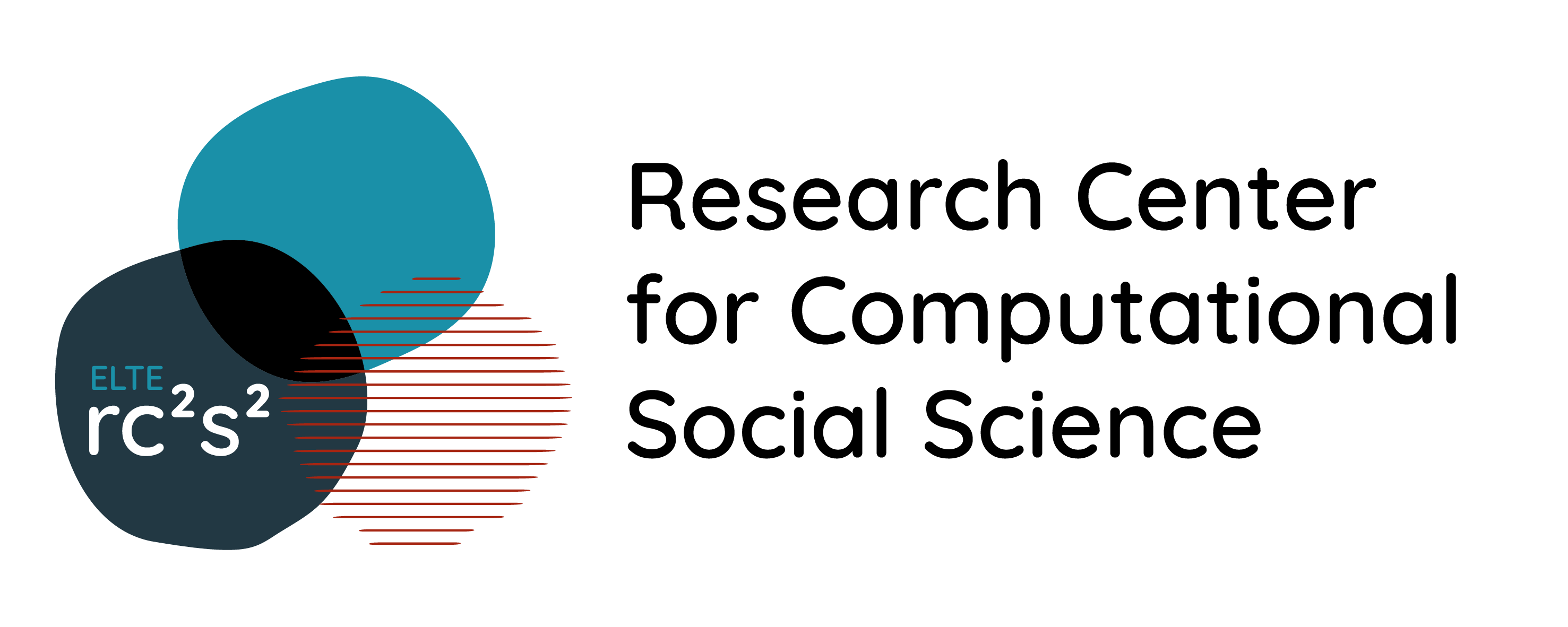A sociological analysis of the official, media-based and lay online public sphere using automated text analytics and critical discourse analysis
A research project supported by NKFIH (National Research, Development and Innovation Office) (K-134428)
Period of support: December 2020-December 2023
Principal Investigator: Renáta Németh
Participants: Ildikó Barna, Péter Csigó, Domonkos Sik (senior researchers), Jakab Buda, Eszter Katona, Árpád Knap, Márton Rakovics, Zsófia Rakovics, Emese Tóth (junior researchers)
Summary
The public sphere is the cornerstone of modern representative democracies: it is responsible not only for providing the voters with the necessary information for a deliberate vote but also to keep the administrative system in check not solely from a legal but also from a moral standpoint. In this sense, the prospect of averting those potential distortions and crises which may emerge in democratic systems depend on the quality of the public sphere (Habermas 1975, 1998). The emergence of the online public sphere overlaps with several waves of significant political transformations and reconfigurations of the political field in Hungary. Therefore, Hungary is a particularly rich context for this research.
The overarching aim of this research is to map the Hungarian online political public sphere since the early 2000s. The transformations of the political and public sphere outline the substantive framework of our research. We plan to analyze the different layers of political discourse including the official channels of communication (e.g., parliamentary speech); the various types of political press (e.g., online press, news portals, tabloid), and also the user-generated contents (online comments, forums, blogs and public Facebook posts). We not only intend to analyze the inner discursive content and dynamics of these layers but also the interactions between them. Moreover, we plan to triangulate these discursive processes with existing polling data to gain a deeper understanding of the interactions between political discourse and public opinion.
We plan to consider the content of the discourses (topics discussed) as well as the language usage/framing. We will identify discursive locations where language polarization appears to describe its linguistic features and explain its mechanisms. We will scrutinize the connection between the manifest and latent opinion climate, the former represented by the political discourse and the latter by polling data. We will not only focus on their similarities but also on their discrepancies.
Digital data produced in online public spheres are primarily textual. Such data require analytical tools, which became accessible only recently with the emergence of the field of Natural Language Processing (NLP) capable of processing large-scale textual data in a systematic, automated way. These innovative tools provide suitable depth in results for sociology (Németh and Koltai, 2020). Sociology will exploit the potential of these changes if it can renew its research culture while preserving its critical reflections. Hence it was our mission to plan a research that shows how NLP can be integrated in an organic way into the toolbox of traditional sociological methods. To reach this aim, we plan to combine automated text analytics with not only qualitative discursive analysis but also traditional quantitative statistical methods.
References
Habermas, Jürgen. 1975. Legitimation Crisis. Boston: Beacon Press.
Habermas, Jürgen. 1998. Between Facts and Norms: Contributions to a Discourse Theory of Law and Democracy. Cambridge: Polity Press.
Németh, Renáta, and Júlia Anna Koltai. 2020. “Sociological knowledge discovery through text analytics”. In Pathways between Social Science and Computational Social Science – Theories, Methods and Interpretations, edited by Rudas Tamás, Péli Gábor. Springer.
Related doctoral researches
Doctoral student: Zsófia Rakovics
Advisors: Renáta Németh, PhD and Domonkos Sik, PhD
Analysing the discourse of sustainability in the triad of political publicity, online media platforms and the lay public
Doctoral student: Emese Tóth
Advisor: Balázs János Kocsis, PhD
Doctoral student: Jakab Buda
Advisor: Renáta Németh, PhD

